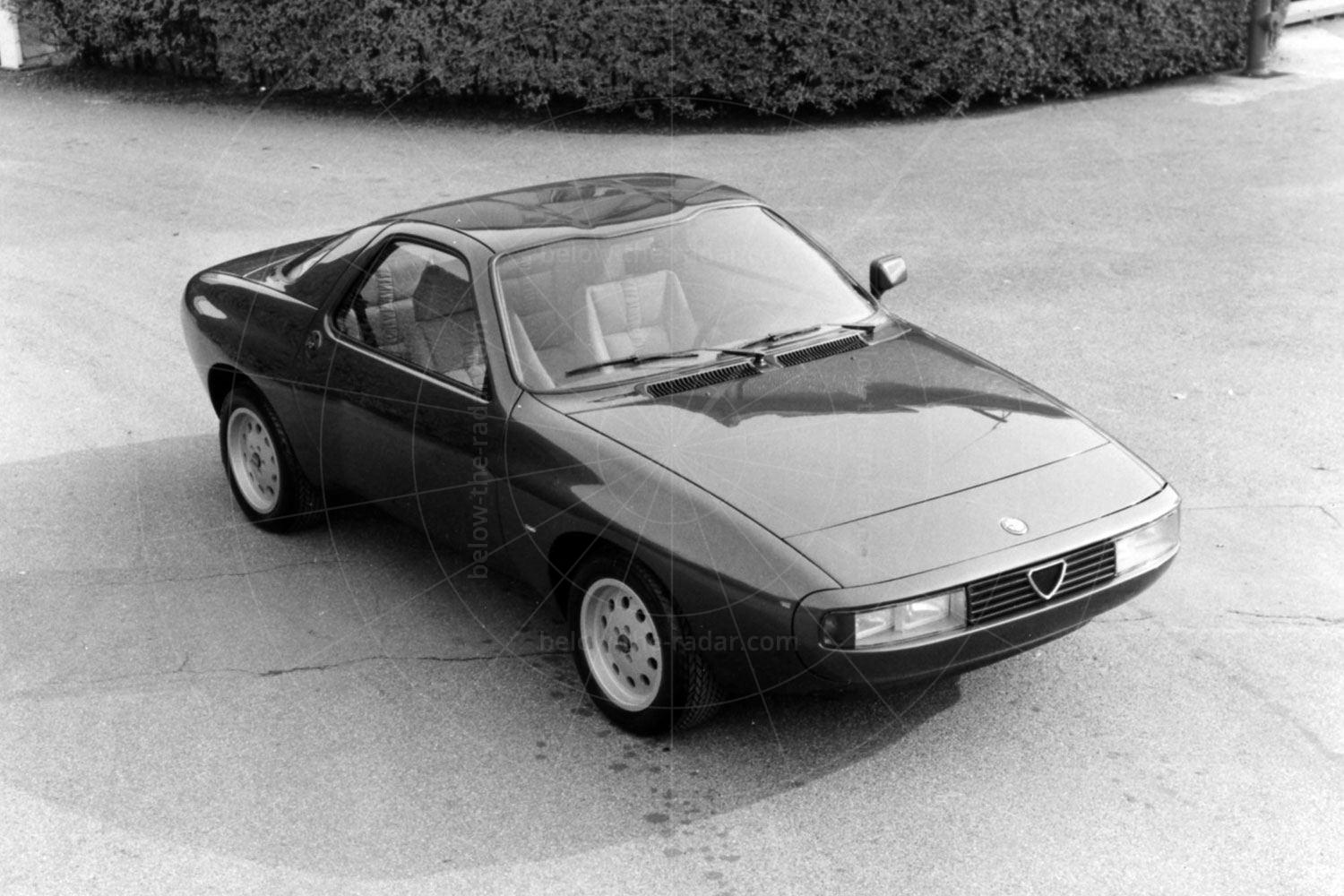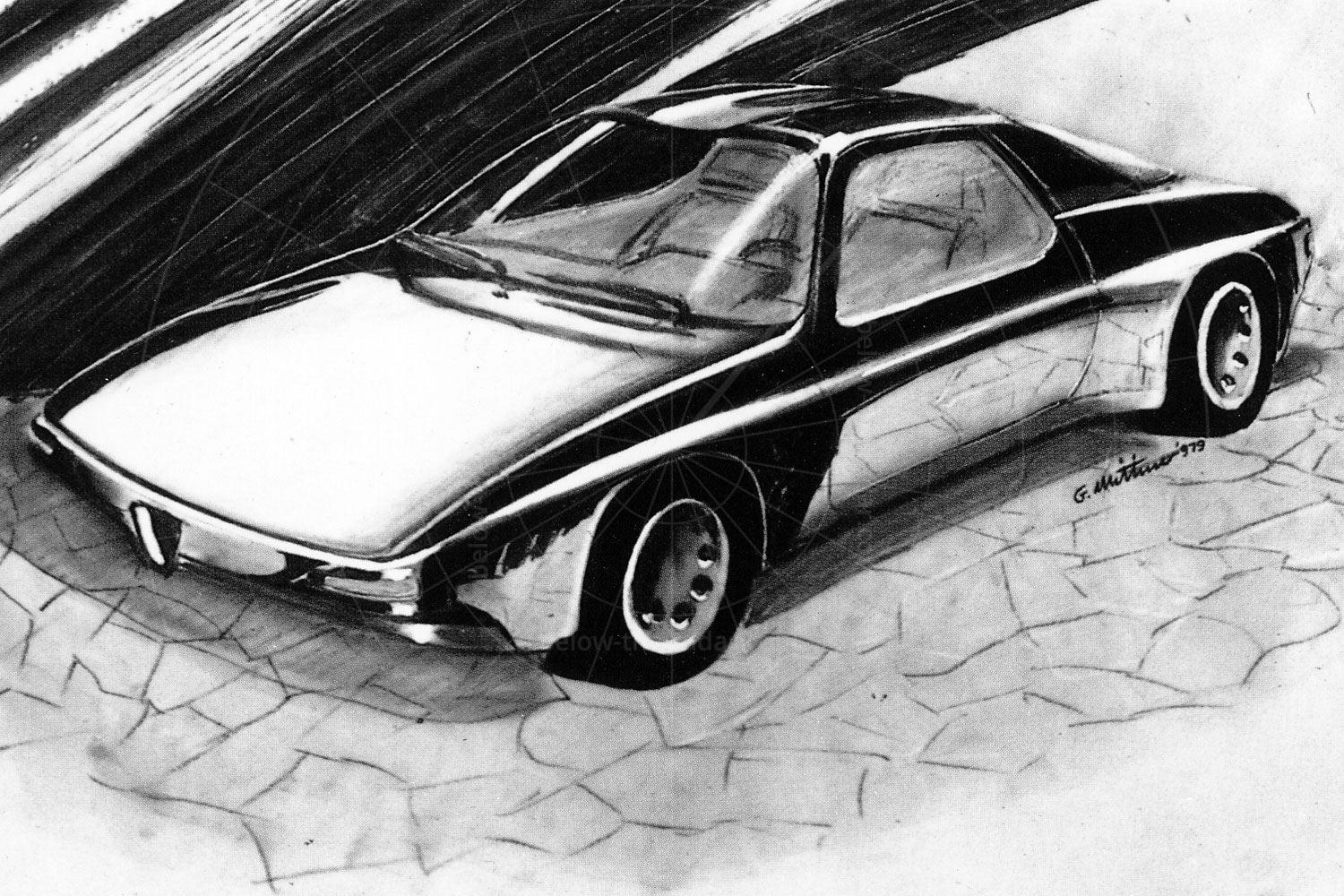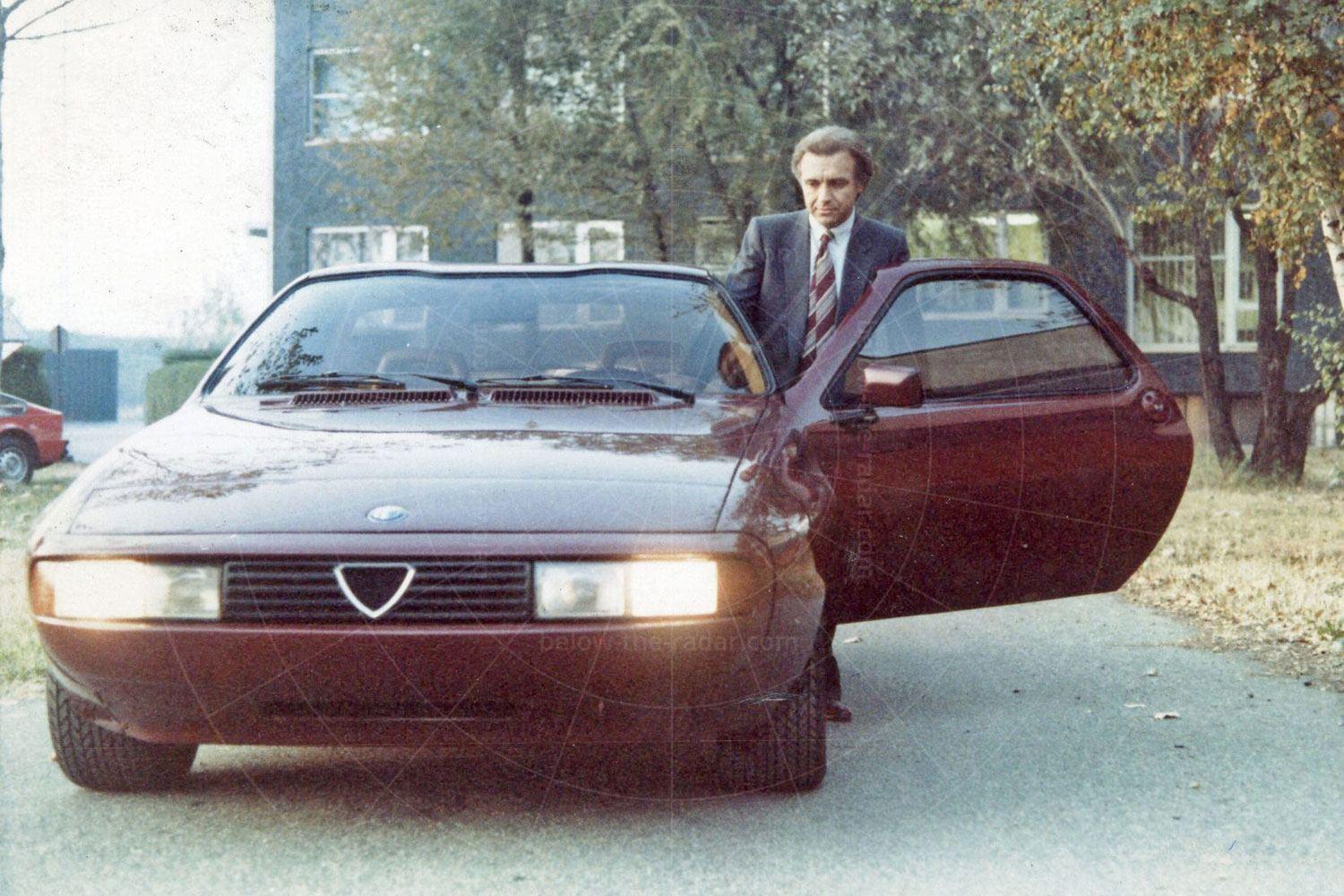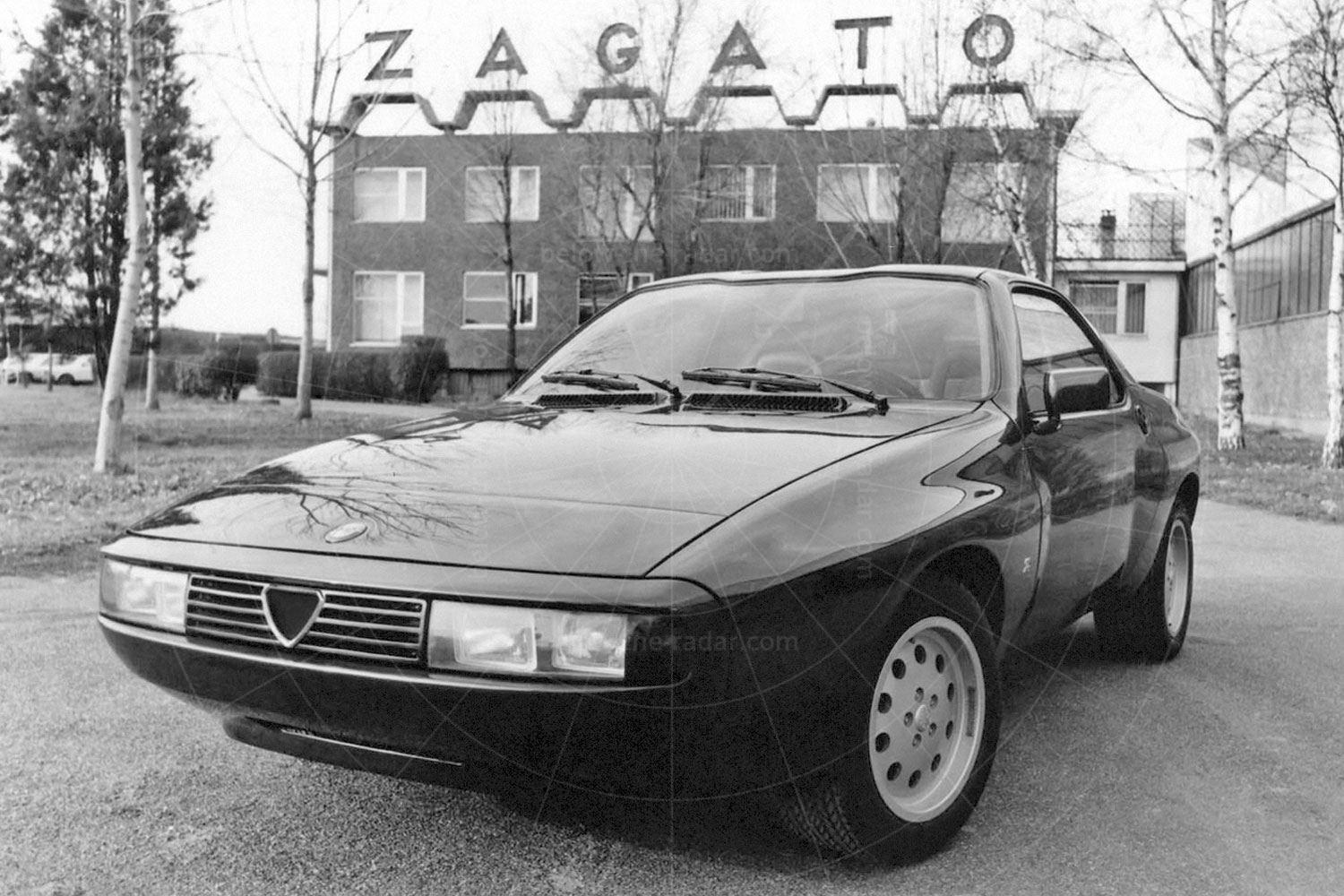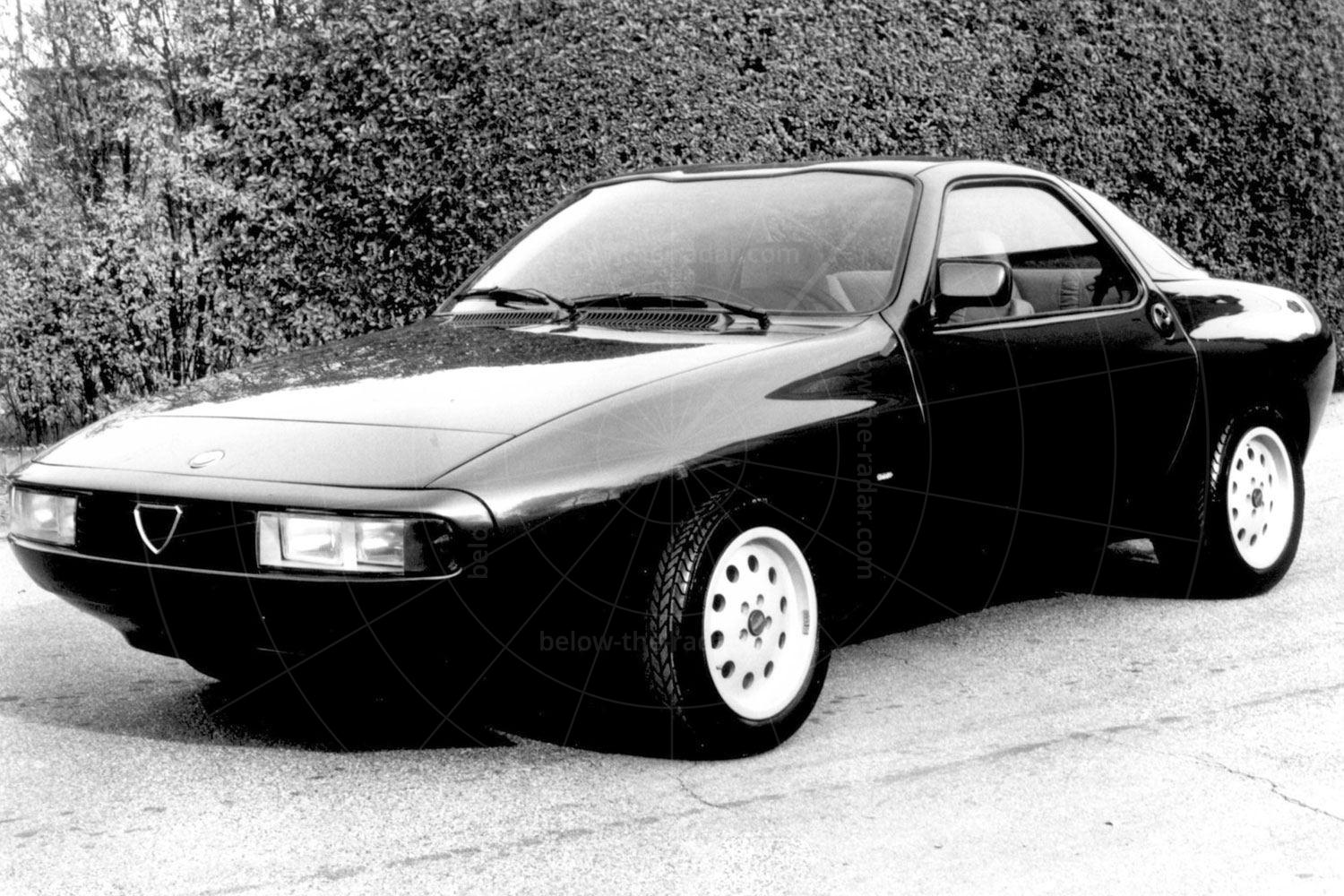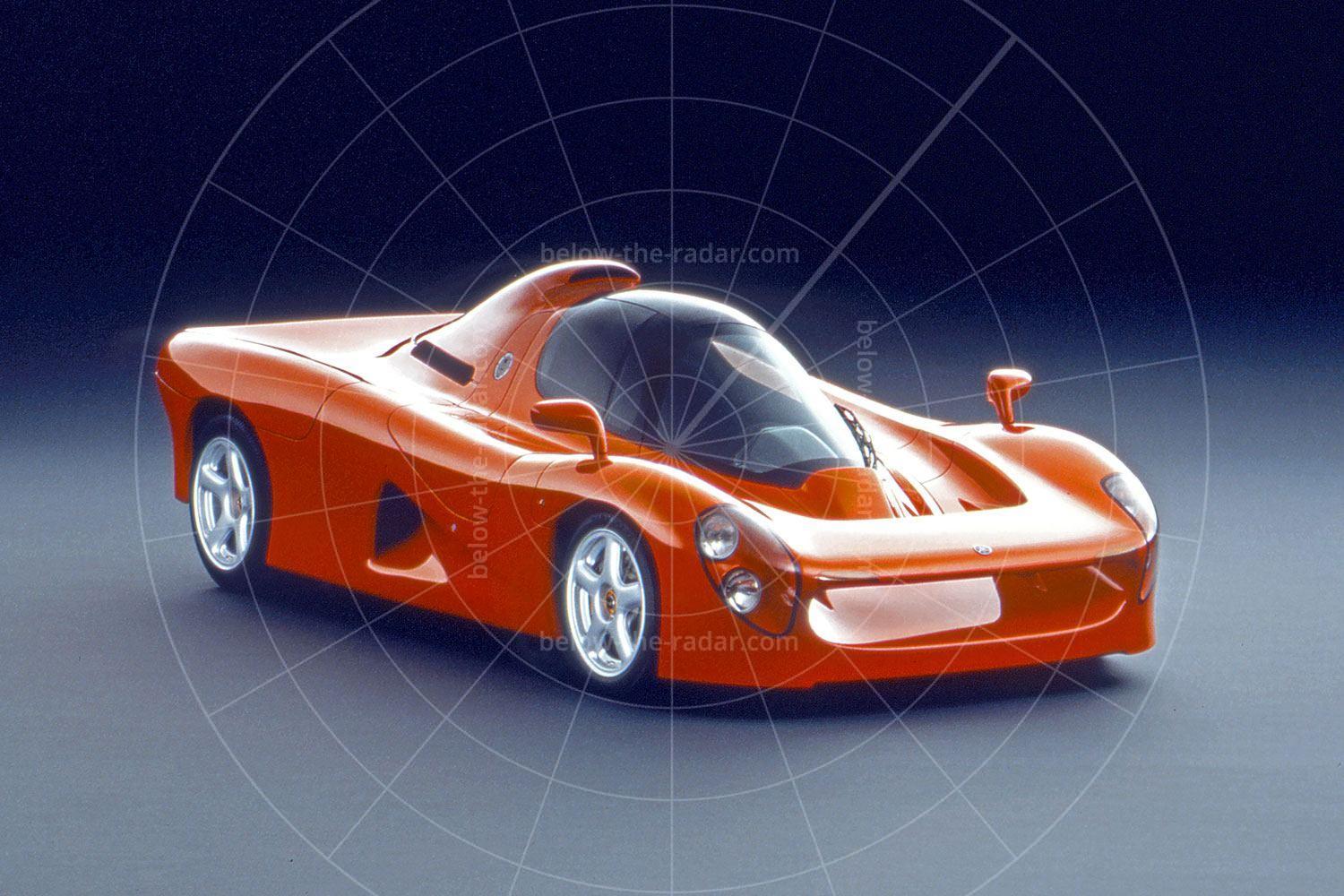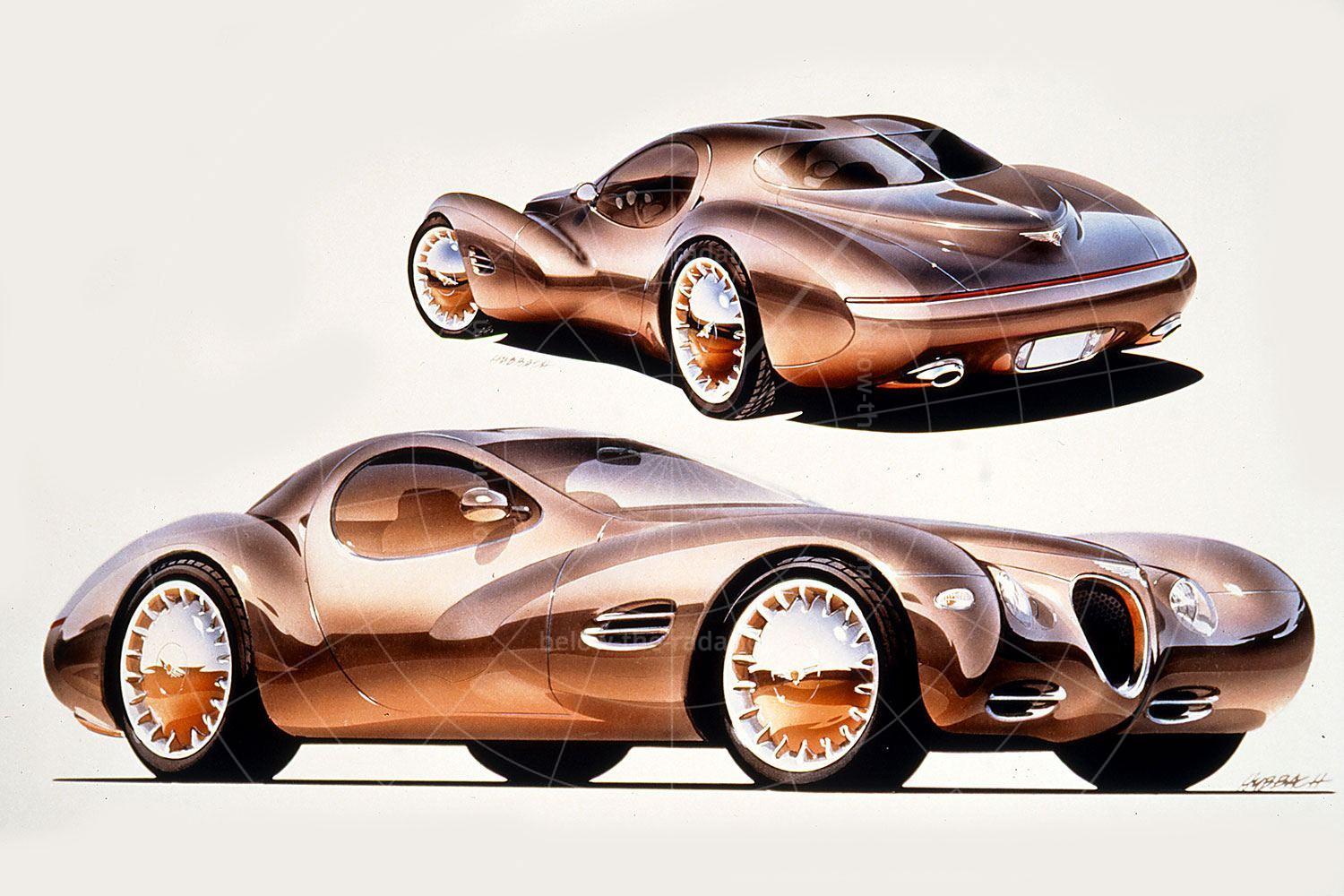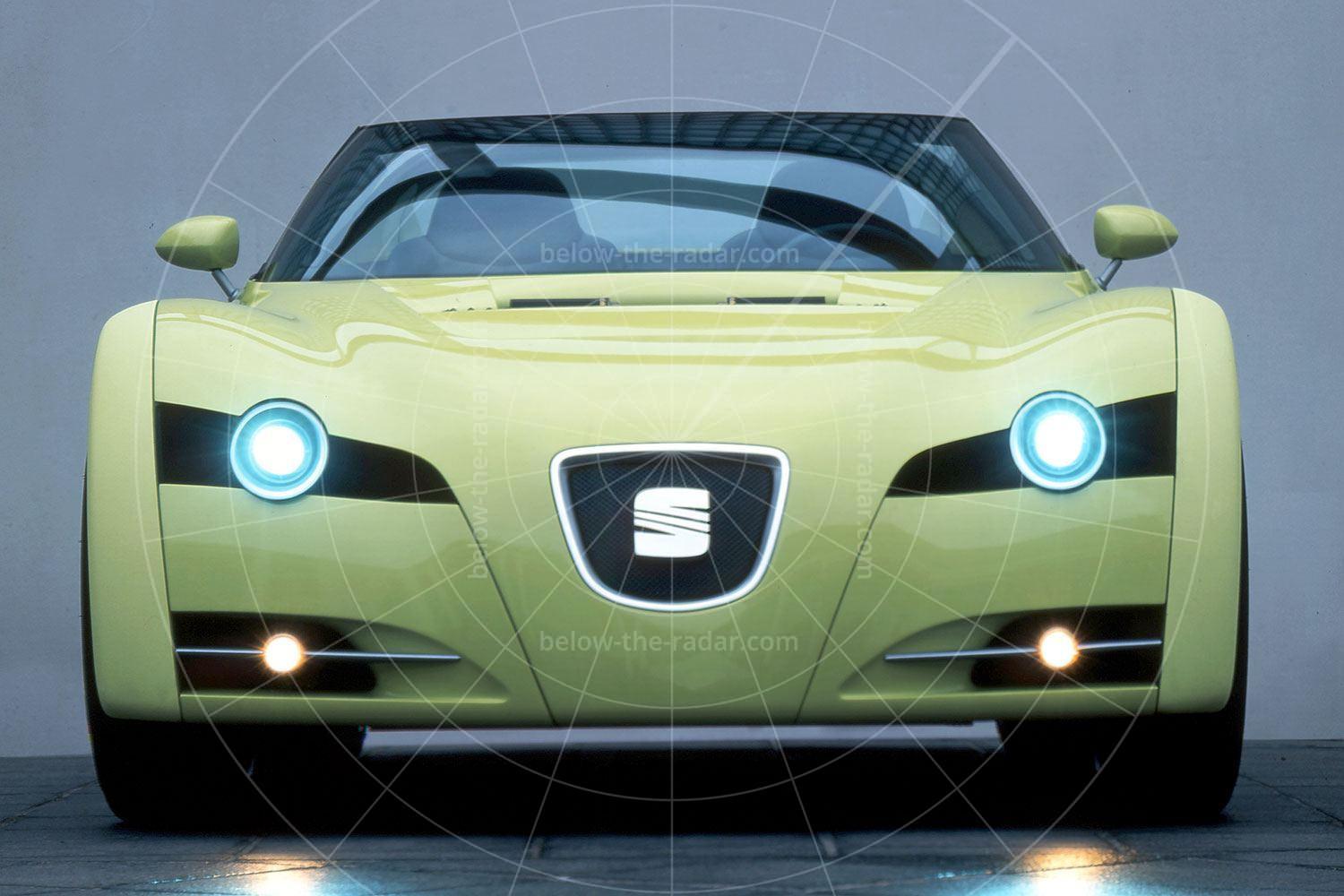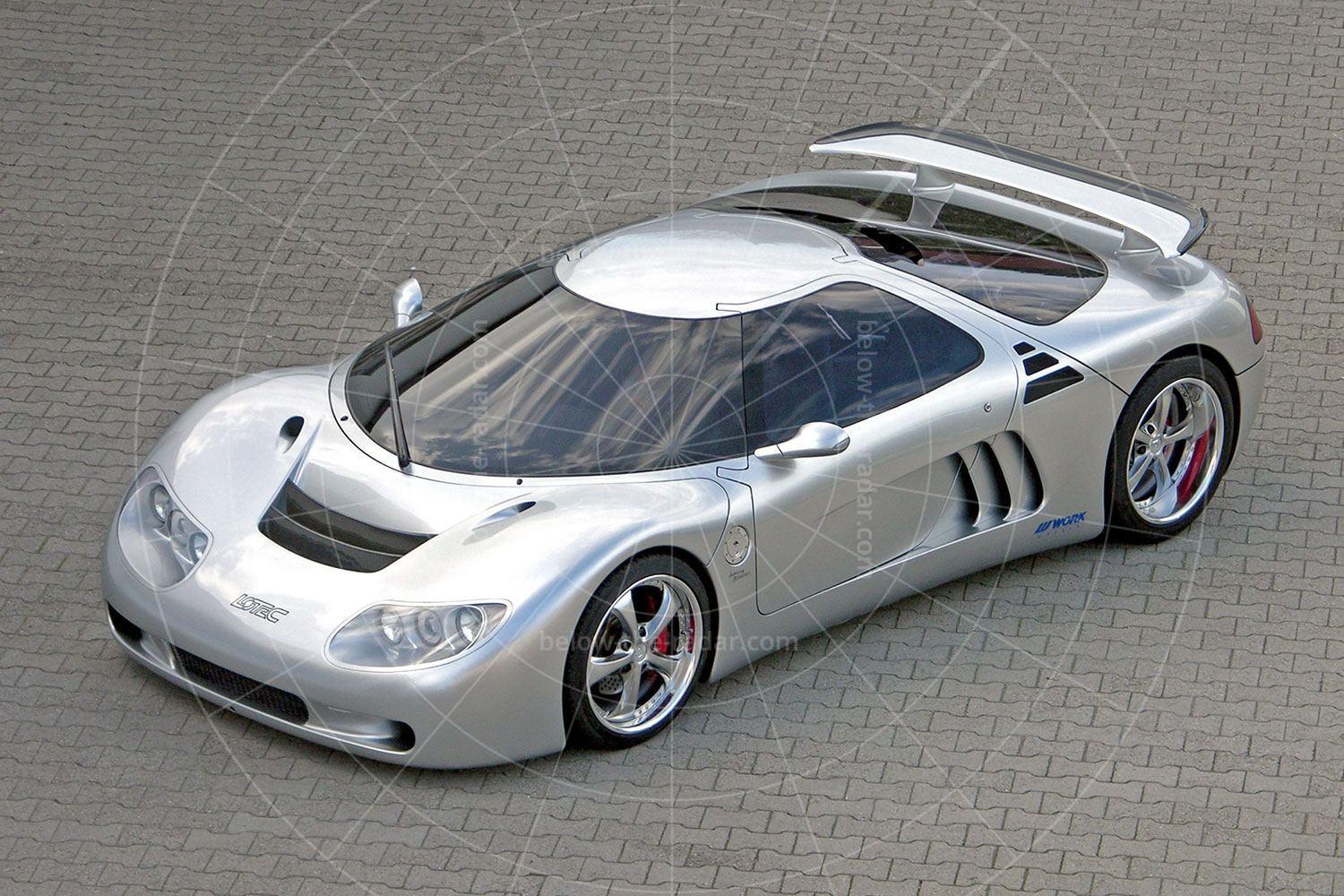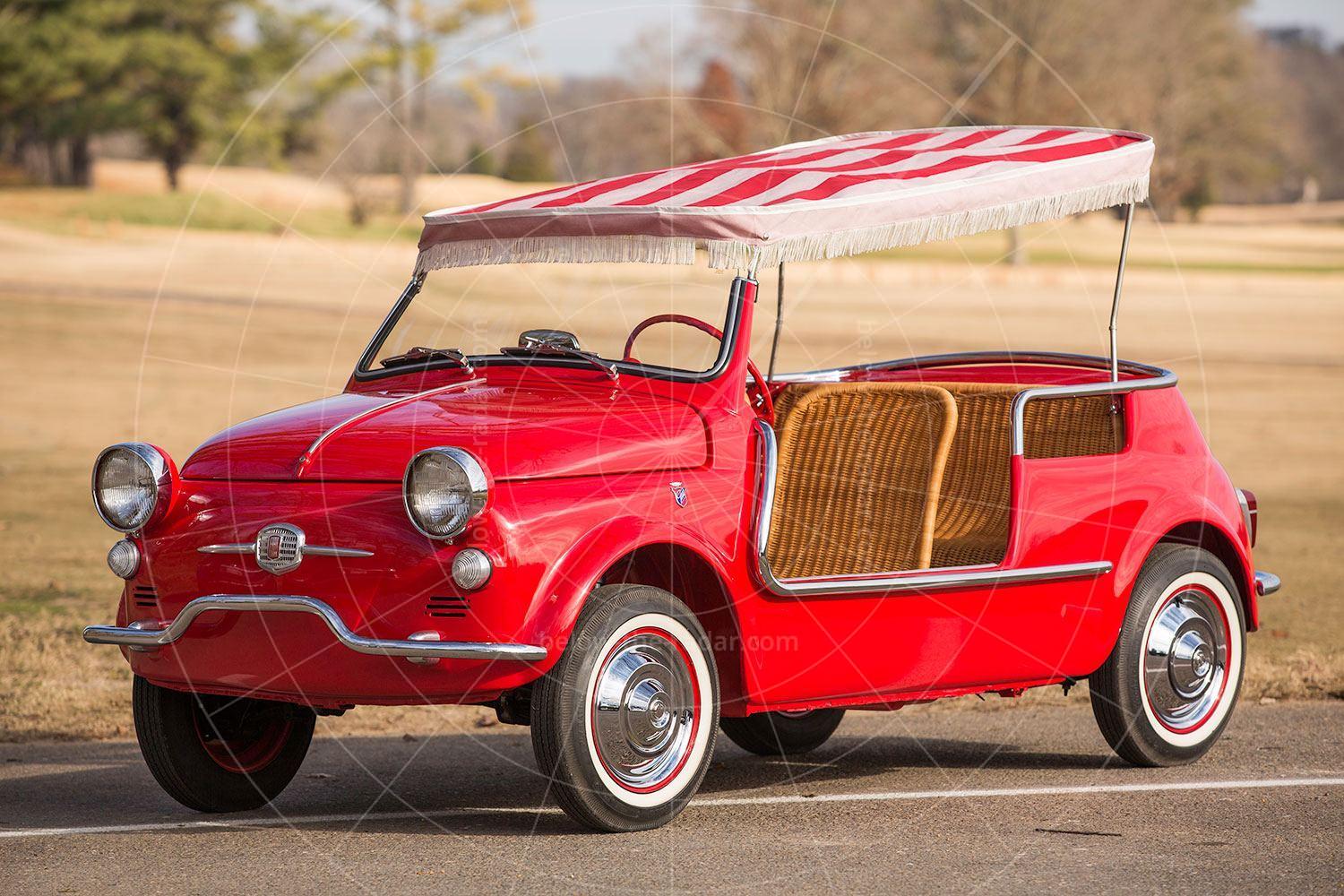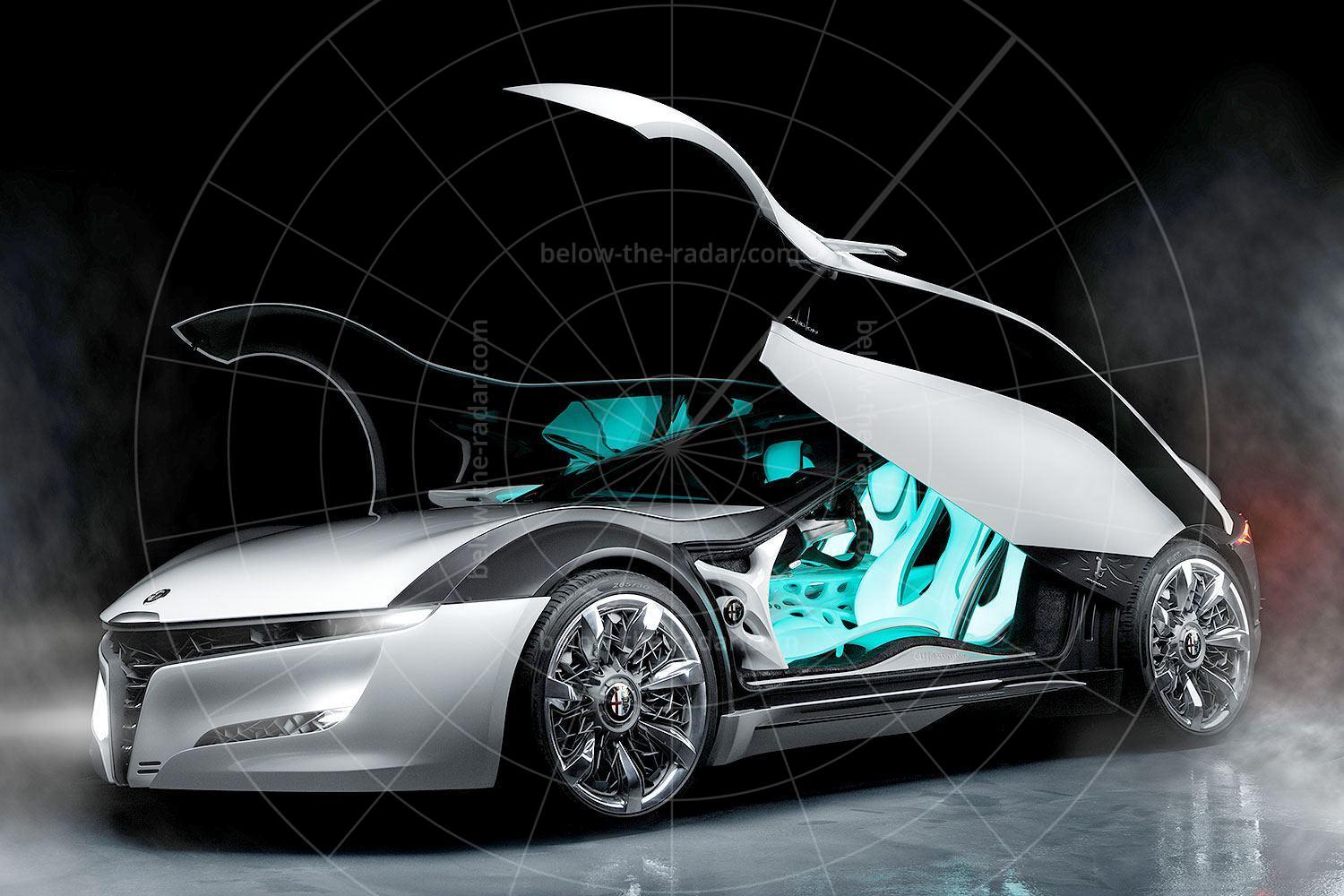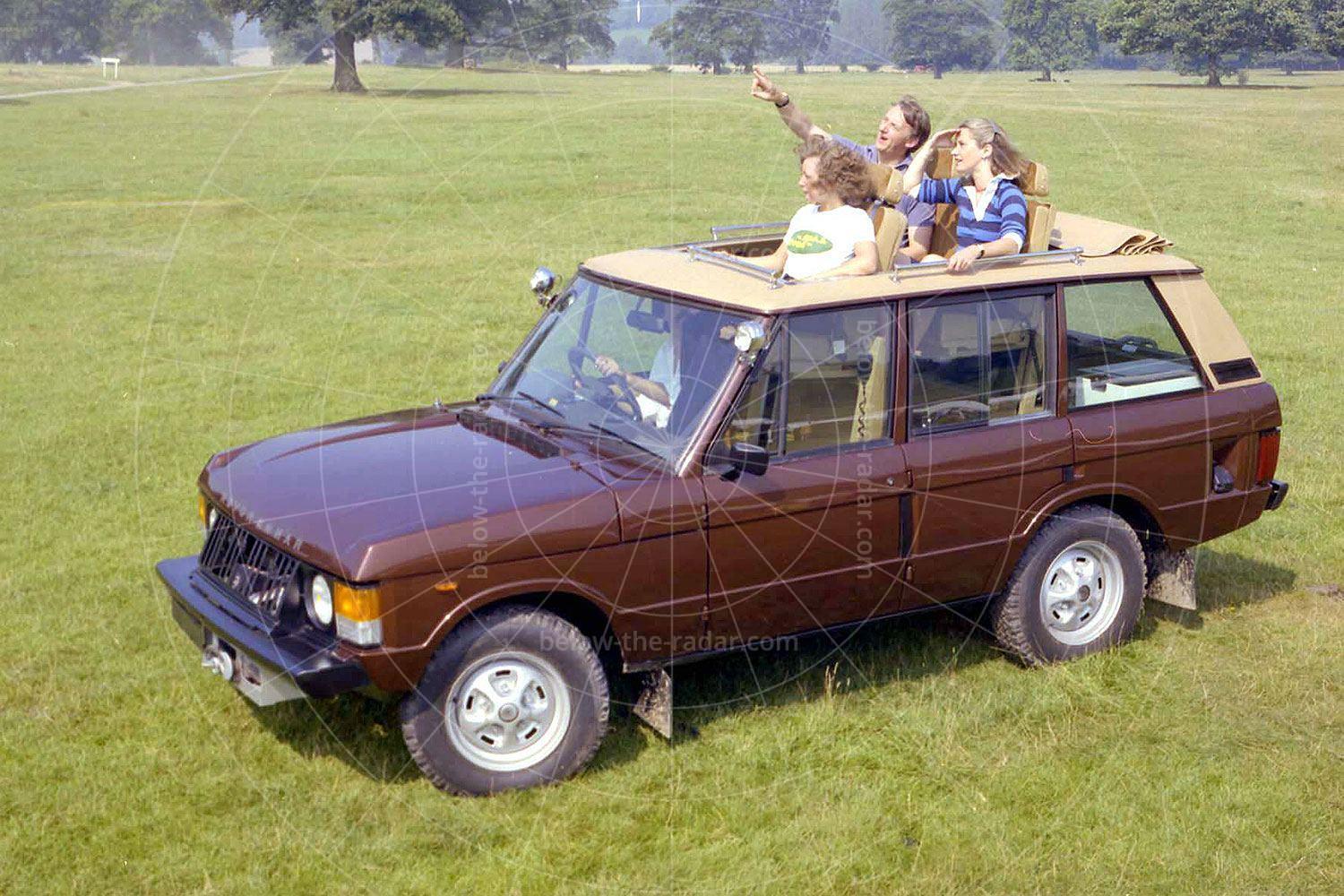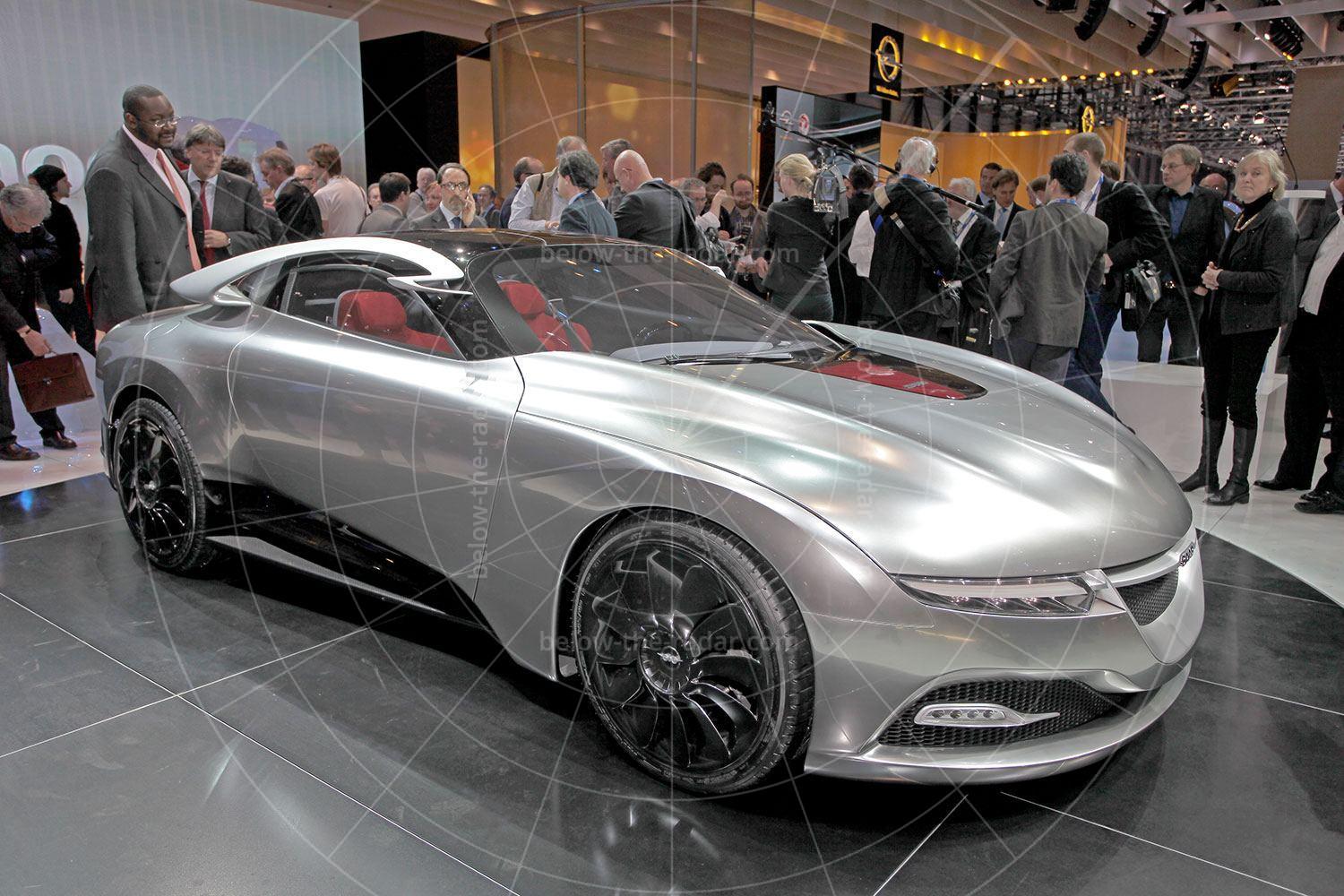Alfa Romeo is a marque with as many hits as misses in its back catalogue, but the car you see here didn’t get the chance to exist in either camp. For a brief, tantalising moment in the early 1980s, it appeared as though the Zeta 6 might just become a range-topper. But no, the firm’s penury damned it to obscurity as the suits in Arese chose instead to make an Alfasud-engined Nissan Cherry; there wasn’t the money to do both.
Yet as history tells us, the Arna wasn’t a big hit with the Alfisti. As for the Zeta 6, in so many ways it was precisely the sort of car the marque faithful had been praying for. It also marked a return to form for Zagato, providing evidence of its still flickering genius as it faced extinction. The firm’s Terrazzano di Rho facility had expanded during the 1960s as Zagato made the leap from small series coachbuilding to mass production. However, the following decade would see mainstream manufacturers begin to build niche products in-house, which resulted in many once-famed couturiers being left out in the cold. By the mid-1970s, Zagato was barely ticking over.
When an artist’s impression of the ‘AZ6 Sperimentale’ project appeared in the motoring weeklies in early 1979, the preliminary sketch promised something that went against the then-popular ‘folded paper’ wedge ideal. Shortly thereafter, a plaster model was displayed at a Milan trade show, its amorphous outline being free of spoilers and other addenda.
Alfa Romeo was suitably impressed to fund the project through to the prototype and evaluation stage. However, it also hedged its bets, bankrolling Bertone to come up with its own take on the theme, with Zagato’s offering being based on a GTV6 platform and its rival on the larger Alfa 6 saloon. As a result, the Zeta 6's running gear comprised of a 2492cc V6 which sent its 158bhp to the back wheels via a five-speed manual transmission.
Fast forward to March 1983, and the styling houses revealed their respective wares at the Geneva Motor Show to decidedly mixed reviews. Bertone’s offering, the Marc Deschamps-penned Delfino, wasn’t unattractive but it wasn’t much else either. It fully embraced the ‘origami’ styling fad and wouldn’t have looked out of place on the same stand five years earlier. By comparison, the Zagato car, now known simply as Zeta 6, was largely met with acclaim.
Just how close Alfa Romeo came to putting the car into production is open to debate, but according to Zagato insiders it was touted at board level as a potential ‘halo’ car. However, the firm’s zero-capital existence ultimately counted against it.
If nothing else, the Zeta 6 served its purpose in underlining that Zagato was still in the game, the link with Alfa Romeo remaining in place during the 1980s via commissions to build prototypes such as the Z33 Free Time and the mid-engined Alfasud Sprint 6C, before the SZ ‘Il Mostro’ production car emerged at the end of the decade. Just two Zeta 6s were completed, the other car being retained by Alfa Romeo, while a third unused bare bodyshell resides in Holland.

